-
 Bitcoin
Bitcoin $109400
-2.31% -
 Ethereum
Ethereum $4290
-3.89% -
 Tether USDt
Tether USDt $1.000
-0.05% -
 XRP
XRP $2.809
-2.01% -
 BNB
BNB $844.5
-1.76% -
 Solana
Solana $203.8
-3.20% -
 USDC
USDC $0.9998
-0.06% -
 Dogecoin
Dogecoin $0.2123
-2.84% -
 TRON
TRON $0.3353
-1.67% -
 Cardano
Cardano $0.8089
-3.75% -
 Chainlink
Chainlink $22.45
-5.67% -
 Hyperliquid
Hyperliquid $45.06
-1.97% -
 Ethena USDe
Ethena USDe $1.001
0.00% -
 Bitcoin Cash
Bitcoin Cash $587.3
-0.66% -
 Sui
Sui $3.259
-3.62% -
 Stellar
Stellar $0.3541
-3.04% -
 Avalanche
Avalanche $24.67
-2.69% -
 Hedera
Hedera $0.2120
-4.20% -
 Cronos
Cronos $0.2662
-4.78% -
 UNUS SED LEO
UNUS SED LEO $9.524
0.04% -
 Litecoin
Litecoin $109.8
-2.77% -
 Toncoin
Toncoin $3.103
-2.44% -
 Shiba Inu
Shiba Inu $0.00001208
-3.49% -
 Polkadot
Polkadot $3.762
-3.09% -
 Uniswap
Uniswap $9.191
-5.38% -
 Dai
Dai $0.9998
-0.01% -
 Monero
Monero $269.0
-0.03% -
 Aave
Aave $308.5
-5.38% -
 Bitget Token
Bitget Token $4.841
-3.27% -
 Ethena
Ethena $0.6643
-8.80%
How to read a transaction on a block explorer
A blockchain transaction’s hash (TXID) uniquely identifies it, enabling public verification of sender, receiver, amount, fees, and confirmation status via block explorers.
Sep 04, 2025 at 10:01 pm
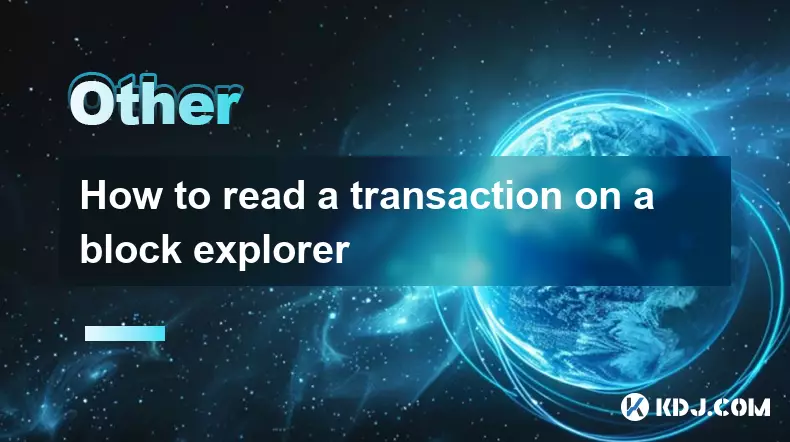
Understanding the Basics of a Blockchain Transaction
1. Every transaction recorded on a blockchain is publicly accessible through a block explorer, a tool that allows users to view details about blocks, addresses, and transactions. When you input a transaction hash (TXID) into a block explorer, it retrieves all associated data linked to that specific transfer of value.
2. The transaction hash is a unique identifier generated using cryptographic hashing. It ensures the integrity of the transaction and prevents duplication. This alphanumeric string is essential for locating any transaction on the blockchain.
3. Once the TXID is entered, the block explorer displays key components such as the sender’s address, the recipient’s address, the amount transferred, the transaction fee, and the confirmation status. These elements form the foundation of understanding what occurred during the transaction.
4. Transactions are grouped into blocks and added to the blockchain through mining or validation, depending on the consensus mechanism. The block height indicates when the transaction was confirmed and how many blocks have been added since then, which helps assess its finality.
5. Confirmations represent the number of blocks built on top of the one containing the transaction. Higher confirmations mean greater security against reversal, especially on networks susceptible to reorganizations.
Decoding Transaction Inputs and Outputs
1. A transaction consists of inputs and outputs. Inputs refer to the unspent transaction outputs (UTXOs) being spent from the sender’s wallet. Each input includes a reference to a previous transaction output and a digital signature proving ownership.
2. The block explorer shows each input with its source transaction hash and output index (vout), allowing users to trace fund origins. This transparency supports auditability and enhances trust in decentralized systems.
3. Outputs define where the funds are being sent. Each output contains a receiving address and the amount allocated. Some transactions include multiple outputs, such as when change is returned to the sender’s wallet.
4. The sum of outputs is typically less than the sum of inputs. The difference represents the transaction fee paid to miners or validators. This fee incentivizes network participants to include the transaction in a block.
5. Script types, such as P2PKH, P2SH, or Bech32, are also visible in the details. These determine how the funds can be spent and reflect the wallet type or smart contract logic involved.
Analyzing Fees and Network Congestion
1. Transaction fees are calculated based on size in bytes and the network’s current demand. Block explorers display the fee in native cryptocurrency and sometimes in fiat value, helping users evaluate cost efficiency.
2. High network congestion often leads to increased fees as users compete for limited block space. Observing the mempool data on a block explorer can reveal how many unconfirmed transactions exist and estimate confirmation times.
3. Fee rate is usually shown in satoshis per byte (for Bitcoin) or gwei per gas (for Ethereum). This metric allows users to compare their transaction’s priority against others in the queue.
4. Transactions with low fees may remain unconfirmed for extended periods, especially during peak usage. Some explorers provide estimated confirmation timelines based on historical data and current mempool dynamics.
5. Monitoring fee trends helps traders and investors avoid delays and optimize wallet management strategies. Understanding these patterns enables better decision-making when sending or receiving funds across blockchain networks.
Tracking Wallet Activity and Address History
1. By clicking on any address involved in a transaction, users can view its complete history, including all incoming and outgoing transfers. This feature is vital for auditing financial activity or verifying payments.
2. Balance information is dynamically updated based on confirmed transactions. Some explorers also show the total received and spent amounts over time, offering insight into wallet usage patterns.
3. Clustering techniques used by advanced analytics platforms can link multiple addresses to a single entity, even if privacy measures like coin mixing are employed. This has implications for compliance and forensic investigations.
4. Repeated use of the same address increases traceability and reduces financial privacy. Best practices recommend using new addresses for each transaction to enhance anonymity.
5. Watchlists and alerts are available on certain block explorers, enabling users to monitor specific addresses for new activity. This functionality is useful for businesses tracking customer payments or security teams detecting suspicious movements.
Frequently Asked Questions
What does an unconfirmed transaction mean?It indicates that the transaction has been broadcast to the network but has not yet been included in a block. It remains in the mempool until a miner or validator selects it for inclusion.
Can a transaction be reversed once confirmed?No, blockchain transactions are immutable after confirmation. Only subsequent transactions, such as sending funds again, can offset a prior transfer.
Why do some transactions have multiple inputs or outputs?Multiple inputs occur when a wallet combines several UTXOs to meet the required amount. Multiple outputs happen when funds are sent to more than one address or when change is returned to the sender.
How can I verify if a transaction belongs to me?Compare the receiving or sending address in the transaction with your wallet address. Use your wallet’s private key to sign a message or check the transaction details through your wallet interface.
Disclaimer:info@kdj.com
The information provided is not trading advice. kdj.com does not assume any responsibility for any investments made based on the information provided in this article. Cryptocurrencies are highly volatile and it is highly recommended that you invest with caution after thorough research!
If you believe that the content used on this website infringes your copyright, please contact us immediately (info@kdj.com) and we will delete it promptly.
- Dogecoin, Forecast, and Meme Coins: Navigating the Hype in '25
- 2025-09-05 00:25:12
- Anchorage, Starknet, and Crypto Yield: A New Era for Institutional Staking
- 2025-09-04 22:45:13
- Dogecoin's Key Indicator Flashes Buy Signal Amidst Market Drop: A New York Minute
- 2025-09-04 22:25:15
- Gold, Trump, and the Flight to Safety: What's Driving the Market in 2025?
- 2025-09-04 22:25:15
- Cryptos to Watch: BlockchainFX ($BFX) Surges Ahead, Leaving Tron Market Share in the Dust
- 2025-09-04 23:25:12
- Sui, Bitcoin, and Upgrades: Decoding the Crypto Trends
- 2025-09-04 23:45:11
Related knowledge

How to find the block height of a transaction
Sep 04,2025 at 08:37pm
Understanding Block Height in Blockchain Transactions1. Block height refers to the number of blocks that have been confirmed on the blockchain since i...
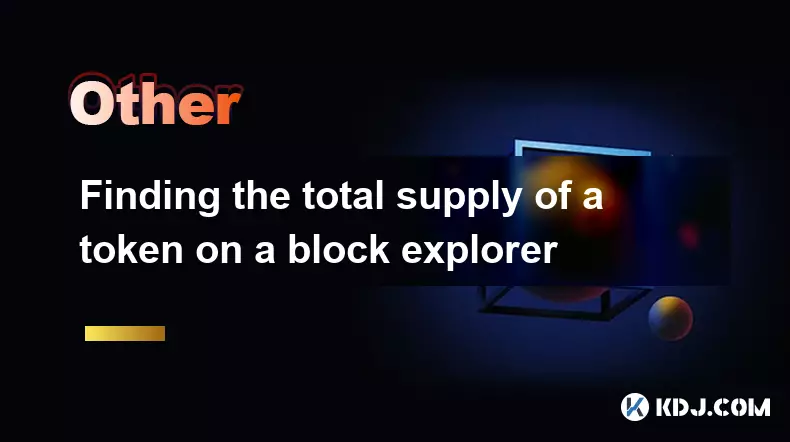
Finding the total supply of a token on a block explorer
Sep 04,2025 at 07:00pm
Finding Token Supply Information on Block Explorers1. Navigate to a blockchain explorer such as Etherscan, BscScan, or Solscan depending on the networ...
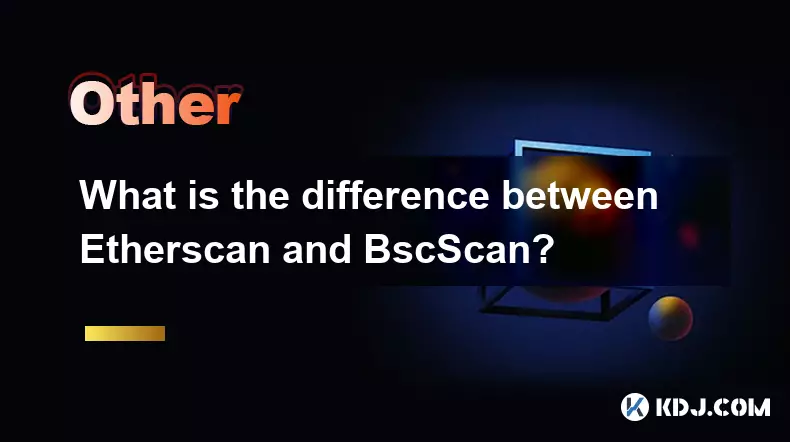
What is the difference between Etherscan and BscScan?
Sep 04,2025 at 07:55pm
Differences in Blockchain Networks1. Etherscan operates exclusively on the Ethereum blockchain, providing transparency and data tracking for all trans...
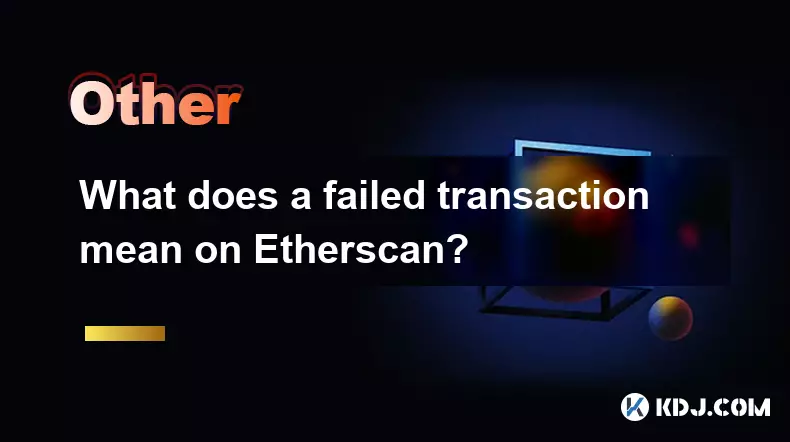
What does a failed transaction mean on Etherscan?
Sep 04,2025 at 05:55pm
Understanding Failed Transactions on EtherscanWhen users interact with the Ethereum blockchain, they often rely on Etherscan to monitor the status of ...
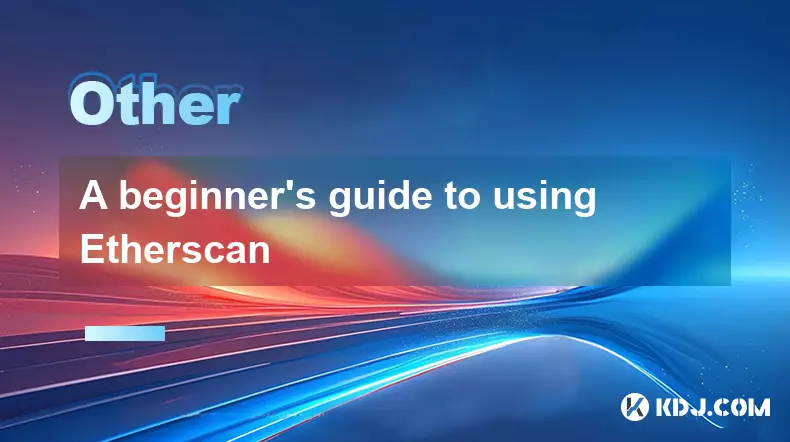
A beginner's guide to using Etherscan
Sep 04,2025 at 07:19pm
What Is Etherscan and Why It Matters1. Etherscan is a blockchain explorer specifically designed for the Ethereum network. It allows users to view real...

How to read a transaction on a block explorer
Sep 04,2025 at 10:01pm
Understanding the Basics of a Blockchain Transaction1. Every transaction recorded on a blockchain is publicly accessible through a block explorer, a t...

How to find the block height of a transaction
Sep 04,2025 at 08:37pm
Understanding Block Height in Blockchain Transactions1. Block height refers to the number of blocks that have been confirmed on the blockchain since i...

Finding the total supply of a token on a block explorer
Sep 04,2025 at 07:00pm
Finding Token Supply Information on Block Explorers1. Navigate to a blockchain explorer such as Etherscan, BscScan, or Solscan depending on the networ...

What is the difference between Etherscan and BscScan?
Sep 04,2025 at 07:55pm
Differences in Blockchain Networks1. Etherscan operates exclusively on the Ethereum blockchain, providing transparency and data tracking for all trans...

What does a failed transaction mean on Etherscan?
Sep 04,2025 at 05:55pm
Understanding Failed Transactions on EtherscanWhen users interact with the Ethereum blockchain, they often rely on Etherscan to monitor the status of ...

A beginner's guide to using Etherscan
Sep 04,2025 at 07:19pm
What Is Etherscan and Why It Matters1. Etherscan is a blockchain explorer specifically designed for the Ethereum network. It allows users to view real...

How to read a transaction on a block explorer
Sep 04,2025 at 10:01pm
Understanding the Basics of a Blockchain Transaction1. Every transaction recorded on a blockchain is publicly accessible through a block explorer, a t...
See all articles

























































































